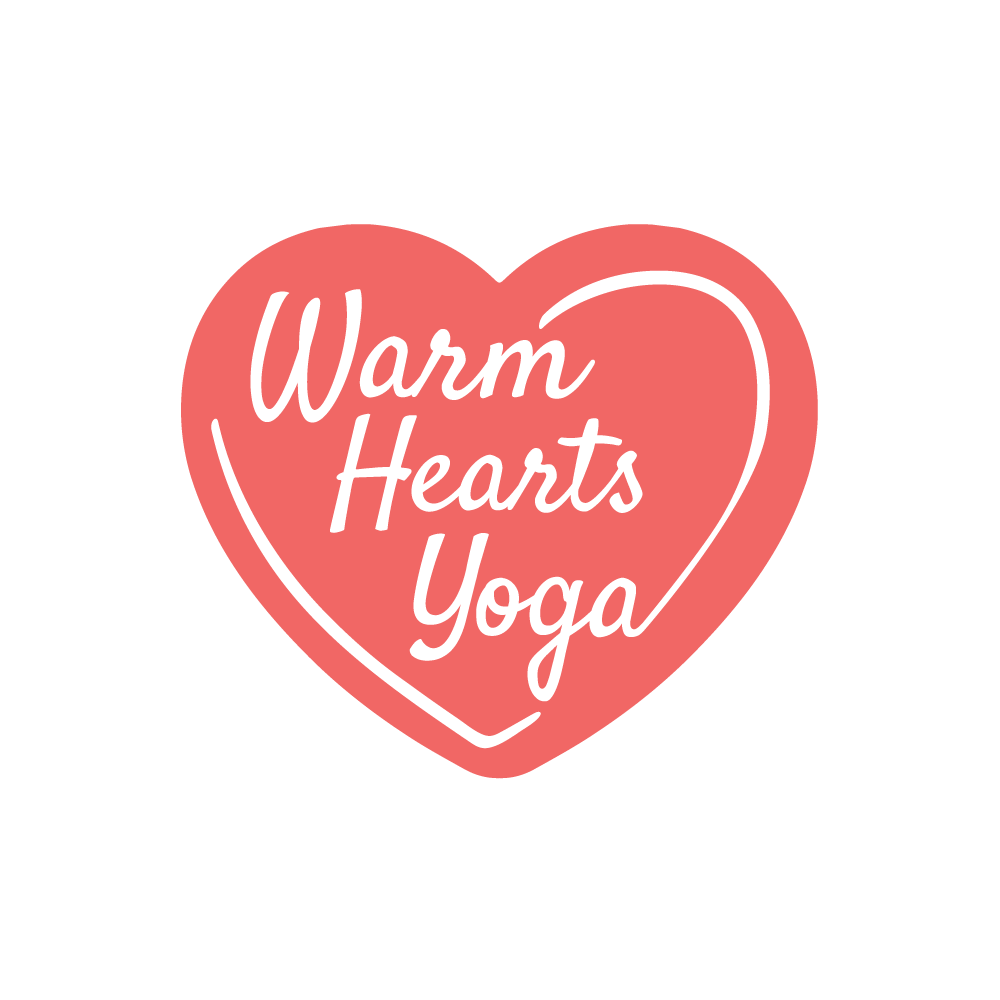Why Ashtanga Yoga Is the Ultimate Challenge
Think yoga is just stretching?
Think yoga is just lying around and stretching? Think again. Have you ever been along to an Ashtanga Yoga class?
Picture a room full of people moving together through multiple sun salutations, then a strong and dynamic sequence. The teacher calls out the names of postures and keeps the rhythm by counting the breath. The count is fast, there are many, many vinyasas, and as we approach the end of the practice we move through a sequence of backbends, inversions, headstands… before finally sinking into rest.
Or walk into a Mysore room and you might see someone pressing up into a handstand, people practising arm balances, effortlessly dropping back into a backbend, making seemingly impossible shapes with their body.
Ashtanga Yoga requires stamina.
The primary series alone has 60 vinyasas. That’s 60 planks. 60 chaturangas. The stamina we build here starts to prepare us for the asanas we meet along the Ashtanga journey.
We begin to build strength and power, and we need it. We need stability in the shoulders for inversions and for arm balances such as Bhujapidasana and Bakasana. We need strong upper body and core strength to power through those vinyasas. We need strong and steady legs to hold us as we drop back from standing into Urdhva Dhanurasana.
Strength, flexibility, and possibility in Ashtanga Yoga
Alongside building strength and stability, we also increase our range of movement. The sequence is built intelligently to help the body prepare for what comes next. Over time we begin to find more length in the hamstrings, freedom in the hips, and space in the spine. Little by little we might even create some of those seemingly impossible shapes ourselves.
The Power of the Breath
Beneath it all is the breath. The breath is what holds the sequence together, the heart of the practice. We learn to breathe steadily whatever we are doing on the mat. It is a dance, a balancing act between effort and ease. Slowly, slowly breath and movement become steady.
The discipline of showing up
It can be tough to stick with this practice. There are no shortcuts, no quick fixes. Instead Ashtanga asks for focus and discipline. Showing up, regularly, repeating the sequence.
We try the same postures again and again, even when it feels as though we are getting nowhere. And we have to find patience. Sometimes changes come quickly, other times it takes years to fully explore and evolve a posture.
And when we do finally meet those most challenging shapes the real work begins. How can we stay steady? Focus the mind? Calm the breath? How can we remain calm throughout this demanding physical challenge? How can we slow the breath when a posture pushes us to our limit, or even into unease or fear?
The thing is, change happens when we practice Ashtanga.
Maybe the first changes are physical. That moment when your tenth downward dog really does feel like a resting pose. The joy when you catch an arm balance and feel a moment of lightness. The sheer amazement when you first stand up from a drop back.
You notice you are bouncing off your mat with energy after practice instead of rolling off feeling completely exhausted. Suddenly all those vinyasas make sense and you no longer want to skip half of them. You can do a full primary series with relative ease. You might even be ready to explore what comes next.
There is a sense of achievement each time you come to your mat. And when you feel this strength, this possibility, this determination on the mat, you carry it with you into the rest of life. After all, once you have faced Kapotasana at 6.30am on a cold dark morning, there is nothing in your day you cannot meet with steadiness and courage.
So yes, Ashtanga can be tough.
And maybe that is the point. Because by pushing ourselves into discomfort we learn how to sit with it. By learning to breathe through challenges on the mat we are better equipped to deal with the challenges life throws our way. By showing up, regularly, whatever else is going on, we build resilience.
If you want a way to test your strength, stamina, and focus, this practice is for you.
Join me to practice Ashtanga Yoga in St Andrews, Fife
Ready to face your challenges on the mat? I teach Ashtanga Yoga classes weekly in St Andrews, Fife, and would love to welcome you. Sign up for a 4 week trial and join any of my Ashtanga classes over those weeks for just £20.
Let’s do this.
PS: Feeling a little unsure? That’s natural. Ashtanga can be strong and powerful, but it can also give you space to move, breathe, and meet your body where you are. If you would like to read about the other side of Ashtanga, check out my other post, “Ashtanga Yoga Is More Accessible Than You Think”.





